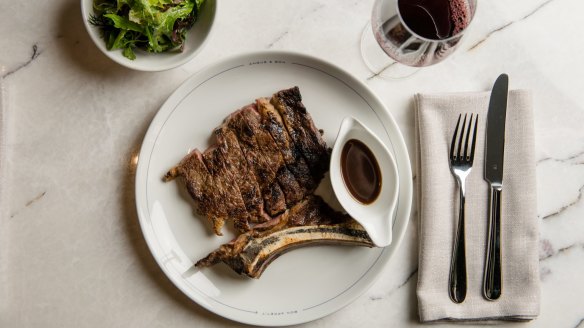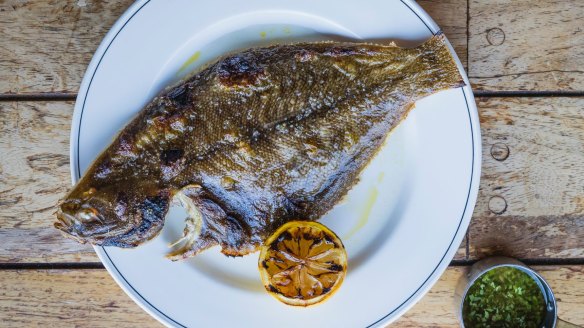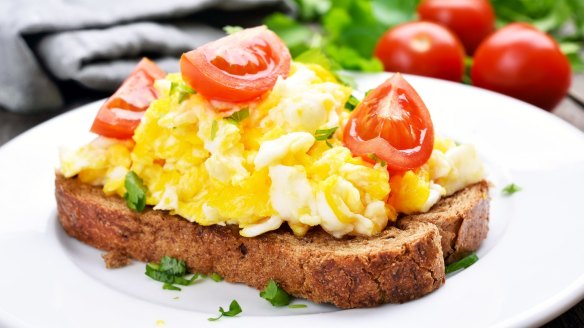Which proteins pack the most punch?

Whether you're carnivore, herbivore, or just love food there is no denying that protein is an integral part of your diet.
From chicken to beef, fish to beans, protein contains amino acids which are essential for human nutrition.
"Essential proteins are those which we must obtain directly from our diet, as our body cannot make them itself," explains Lisa Donaldson, Accredited Practising Dietitian and Spokesperson for the Dietitians Association of Australia.

"Animal proteins like meat, poultry, fish, dairy products and eggs contain all of the essential amino acids. But plant sources of proteins, such as legumes, tend to be lacking in at least one of the essential amino acids."
It seems not all protein is created equal.
Science has had much to say about what protein is 'best' for us to eat. Red meat, in particular, has gotten a bad wrap: eating too much is associated with increased risk of cardiovascular disease and cancer. For this reason, the Harvard School of Public Health recommends we replace red and processed meats with 'healthier' choices such as poultry, fish, or beans.

In Australia, white meat choices such as pork are commonly declared the 'healthiest' protein choice. Australian Pork has made it their unofficial mission to encourage the country to put more pork on their forks. "Pork fillets have less than half the fat of beef fillets, less fat than snapper fillets, and are leaner than skinless chicken breast fillets," their website explains.
But, according to Lisa, "In terms of choosing the best protein, variety is key. Any animal based proteins such as dairy, foods, eggs, meat and fish, as well as soy products and some grains are good to have as they are of 'high biological value'."
This means they provide your body with the necessary nutrients to function efficiently.
So there's no one protein that is best to eat. But it is true that some are 'better' than others.
"It's best to choose unprocessed meats like beef, lamb, and chicken," says Lisa. "Trimming the fat off a cut of meat before cooking can also help decrease the level of fat consumed."
With so much information about the best meat to eat, it's difficult to determine what are facts and what is just hype. Lisa says common assumptions about protein in the media tend to be based on superstition rather than solid science.
Red meat will not make you sick if eaten in moderation: "Red meat is rich in protein, iron, zinc, and also contains vitamin B12, omega 3s and other B vitamins," says Lisa. "Although it is good for our health, we shouldn't eat too much red meat. The Australian Dietary Guidelines recommend up to 455g lean red meat each week. This doesn't include processed varieties like ham, salami and sausages. These are much higher in salt and saturated fat which is not good for anyone's health long-term."
Having pork won't help you 'lean up' faster than having beef: "If you are looking to 'lean up', you need to think about meals and cooking methods rather than specific 'proteins'," explains Lisa. "As an example, a pork fillet is really lean when grilled with all the fat removed. If you eat that pork with crackling and cook it in a deep pan of oil, the protein is going to be 'less lean'."
And, no, chicken won't keep you fuller than fish. But eating protein will keep you fuller than eating refined carbohydrates and sugars: "Think about eating toast with jam or eating toast with an egg. You'll always feel much fuller with the egg than the jam."
Lisa says being healthy is not about the type of protein we eat but, rather, about how much we put on our plates. "Our protein requirements change as we age and differ with body weight and gender," says Lisa. "Ideally protein should make up 15-25% of our total energy intake. That's 0.8-1.2g of protein per body weight."
It's easier to think in portions rather than mass. "Australian dietary guidelines suggest around 2.5-3 serves from the meat/alternatives group each day," says Lisa "A serve of meat is only around 65g cooked, or 100g raw, which is around the size of the palm of your hand."
But people often eat double that, if not more. "It's easy for protein to add up across the course of the day," says Lisa.
Staying on-top of your protein intake is about being more mindful of your portions. Lisa recommends spreading protein intake across five meals throughout the day: breakfast, lunch and dinner and two snacks in between.
So the next time you're debating over the chicken or the lamb, have one for lunch and one for dinner. They're both good choices.
Lisa's Day on a Plate:
Breakfast: 26g protein
2 egg omelette with tomato, feta, baby spinach and 1 slice of wholegrain toast with avocado as spread. 1 cup of tea with milk.
Snack: 10g protein
Banana and 100g natural yoghurt
Lunch: 31g protein
Chicken Salad (100g chicken) with non-starchy salad vegies, a sprinkling of cashews and some chickpeas.
Snack: 8g protein
30g vintage cheese with 1 apple
Dinner: 25g protein
Steak (100g) with mashed sweet potato and greens
Total protein intake = 100g
The best recipes from Australia's leading chefs straight to your inbox.
Sign up